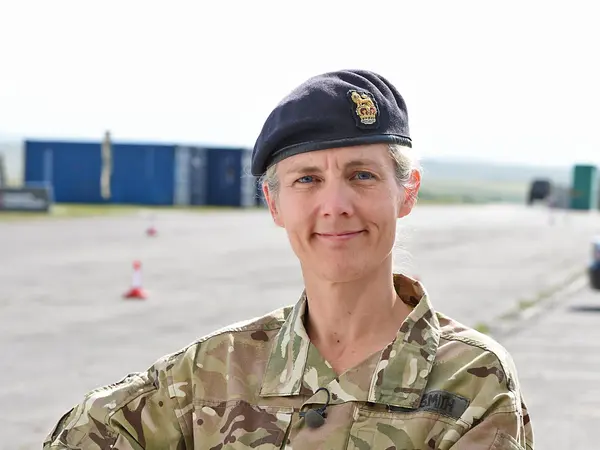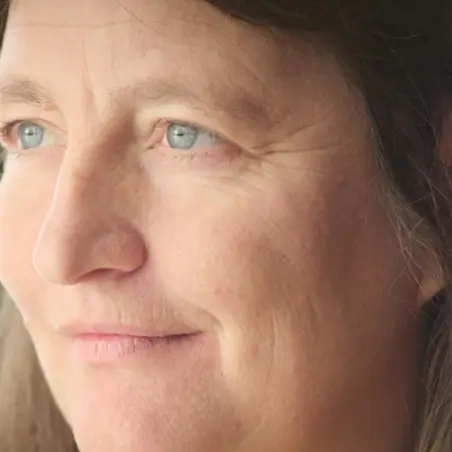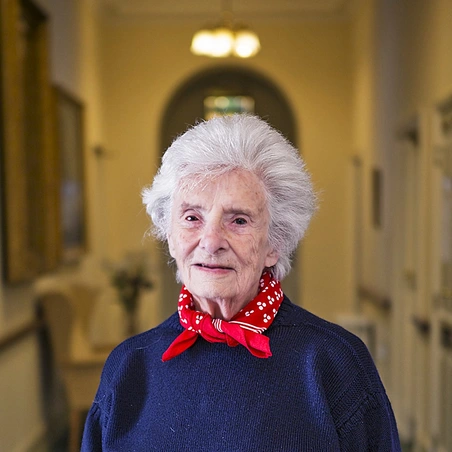July 1917: Women's Army Auxiliary Corps
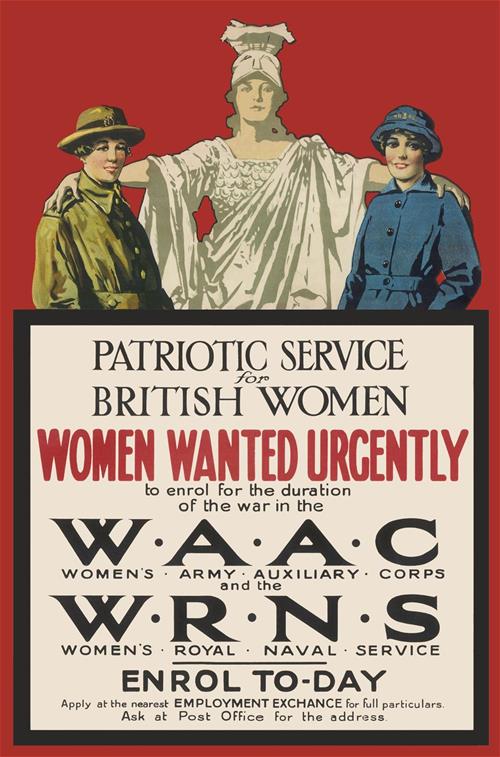
The first all-women unit in the British Army – is officially instituted, later renamed Queen Mary's Army Auxiliary Corps (QMAAC).
July 1917: WAACS FIRST COMMANDERS
November 1917
April 1918
29 May 1918: first British women die on active military service
12 November 1918: Life as First World War Nurse
Born in Deal, Kent, in 1877, Sister Edith Appleton served in France with the elite Queen Alexandra's Imperial Military Nursing Service. Edith was gazetted for the Royal Red Cross in 1918 and awarded a military OBE.
Her diaries leading up to the end of the war on 12 November 1918 give a profound insight into the life of a First World War nurse, starkly exposing the suffering of the wounded and dying – as well as the quirks and distractions of life at the front.
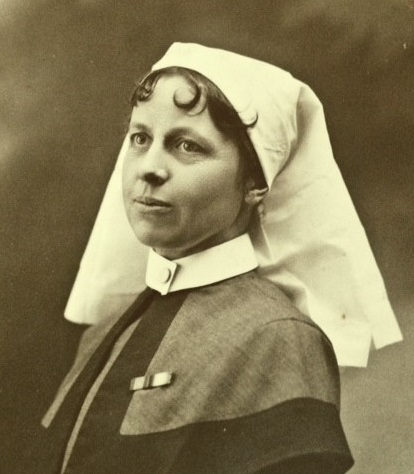
February 1919: The first Metropolitan Police Women Patrol comes into service in London
May 1920: Forty members of QMAAC were awarded the OBE
1921
9 September 1938
1939
June 1939: The Land Girls
January 1941
Fighting the Nazis at 65
Flora Sandes was the only British woman to serve as a combat soldier in the First World War.
Wounded fighting as a sergeant with the Serbian army in 1916, she was awarded the country’s highest honour for bravery and became a national hero. In 1941, aged 65, Flora enlisted again – to fight the Nazi invasion of Yugoslavia.
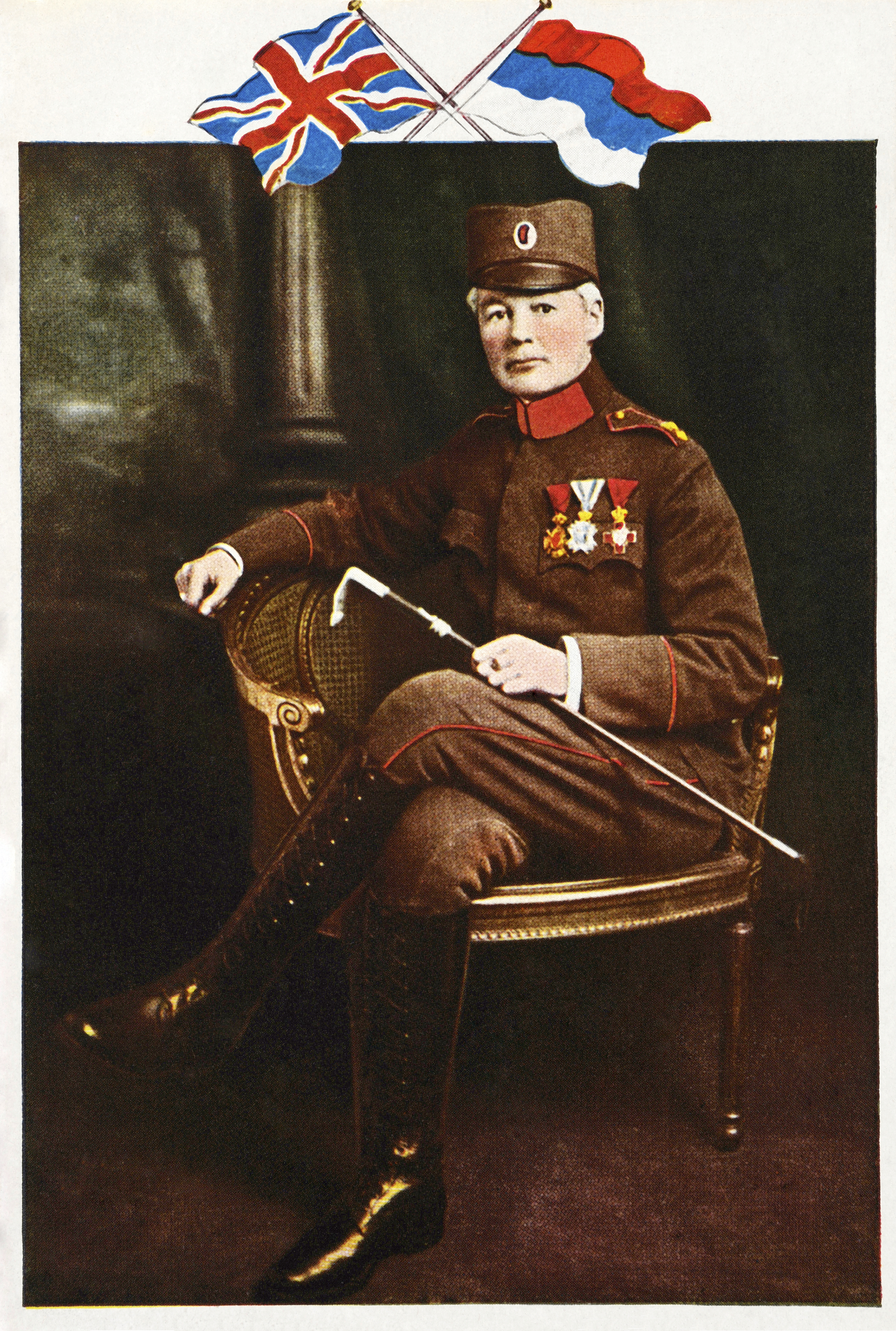
1941: Auxiliary Territorial Service pay structure brought in line with the Army
December 1941
1942: WRNS open more employment categories
1943: Introduction of the 'Land Girls Charter'
1943
1943: Attagirls
1944: Sister spies
Sisters Eileen and Jacqueline Nearne were among the most remarkable of the 39 women who spied for Britain during the Second World War. Jacqueline spent 15 months in France until 1944, when Eileen was flown into the country.
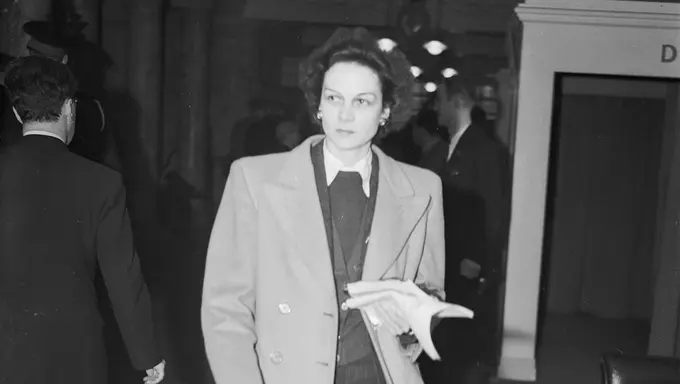
1945: Britain's most famous WW2 agent
Violette Bushell was a shop girl who became one of Britain’s most famous Second World War secret agents.
Asked by her mother to find a homesick French soldier to bring home for a Bastille Day dinner in London, she was just 19 when she met Étienne Szabo, a Foreign Legion officer.
He became her husband and his death inspired her to become a spy. Violette’s bravery won her the George Cross – and in 1945 it cost her her life.
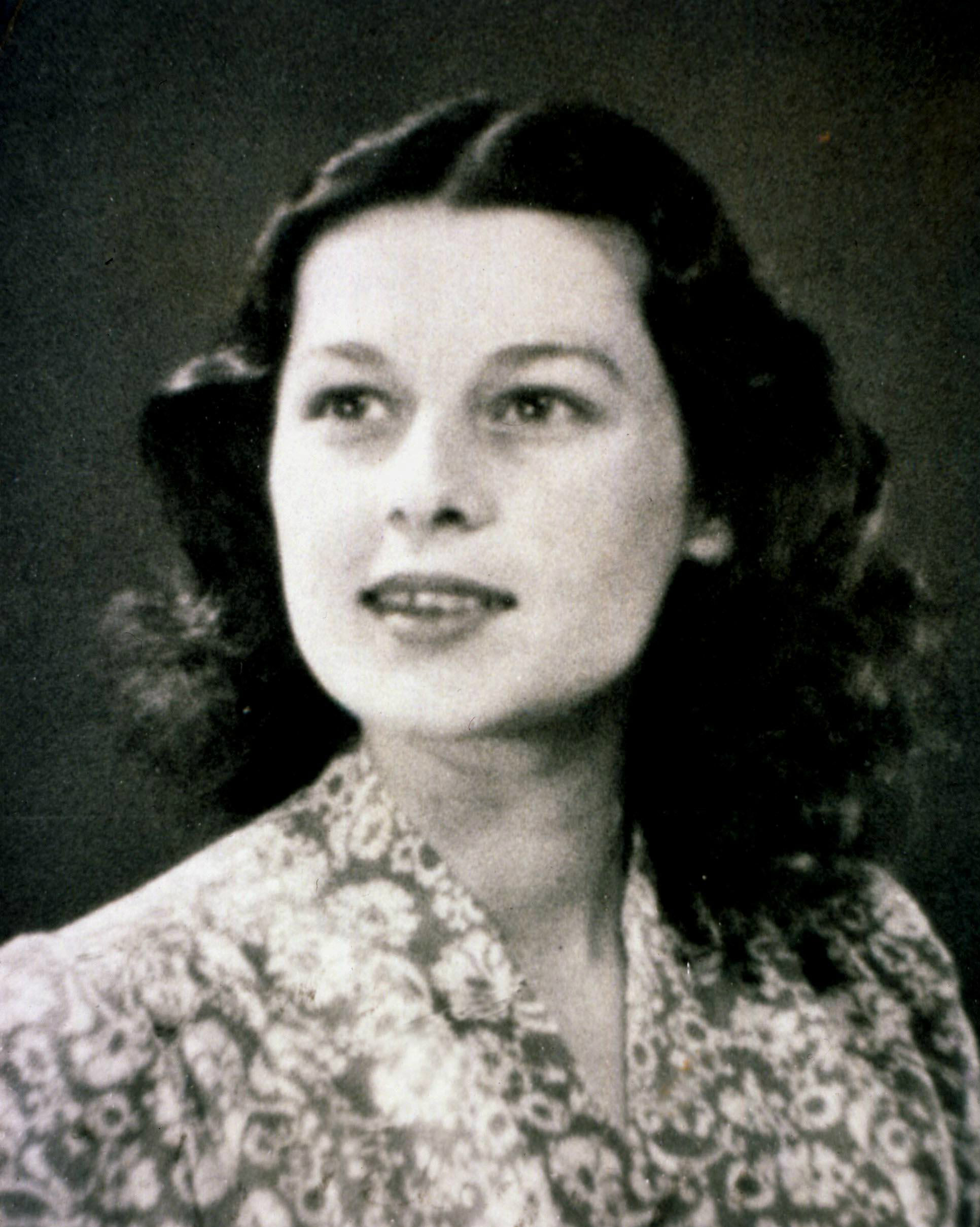
1948: Women's Service Act passed
1949: WRAF reformed as a permanent force
1952: Making history
Jackie Moggridge becomes one of the first five women to earn their RAF wings. The next woman would not earn her wings until 1991.
After initially being rejected to join the RAF when the Second World War broke out because she was female, Jackie was accepted to fly in the Air Transport Auxiliary (ATA) in 1940. She was one of 168 women drawn from across the Commonwealth, Europe and North America by the ATA during the war and she ferried 1,438 planes to waiting RAF pilots, flying 82 different types of planes. She later became the first female commercial airline captain.
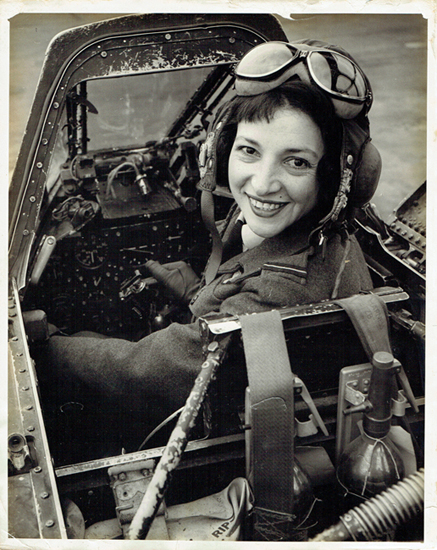
1955: WRNS overseas service
1968
1968
1969: WRAC are deployed to Northern Ireland
1970
1974: Thanks to historians and Hollywood, Bletchley Park’s vital part in WW2 is now widely known.
Joan Clarke was one of a handful of elite women codebreakers at Bletchley Park.
Her role role in the war, like many others, only came to light after 1974. Her work with computing pioneer Alan Turing helped crack ciphers used on Germany’s Enigma machines, allowing access to military communications and shortening the war by years.

1981
1983: first WRAC draft stationed in Port Stanley
1985
1990: WRAC serve in Saudi Arabia and Kuwait
1991: The RAF's first female operational pilot
1993: WRNS disbanded
1994: WRAF disbanded and 6,547 members are integrated into mainstream RAF roles
1997: number of jobs available to women in the Army increases from 47% to 70%
2002: The MoD upholds ban on women serving on the front-line with the Army
2002: Royal Marine training
2006: The first woman to receive the Military Cross
2008: British Armed Forces total 187,000 of which 17,620 are women
July, 2008: Chantelle Taylor is the first woman in the British Army to kill an enemy in combat
2012: A simple bust commemorates one of the bravest women of WW2.
The memorial, in a corner of a garden in a London square, unveiled by the Princess Royal in 2012, is to Noor Inayat Khan – a British-Indian writer, musician and spy who was the last British radio operator in Paris in 1943 before she was captured and executed.
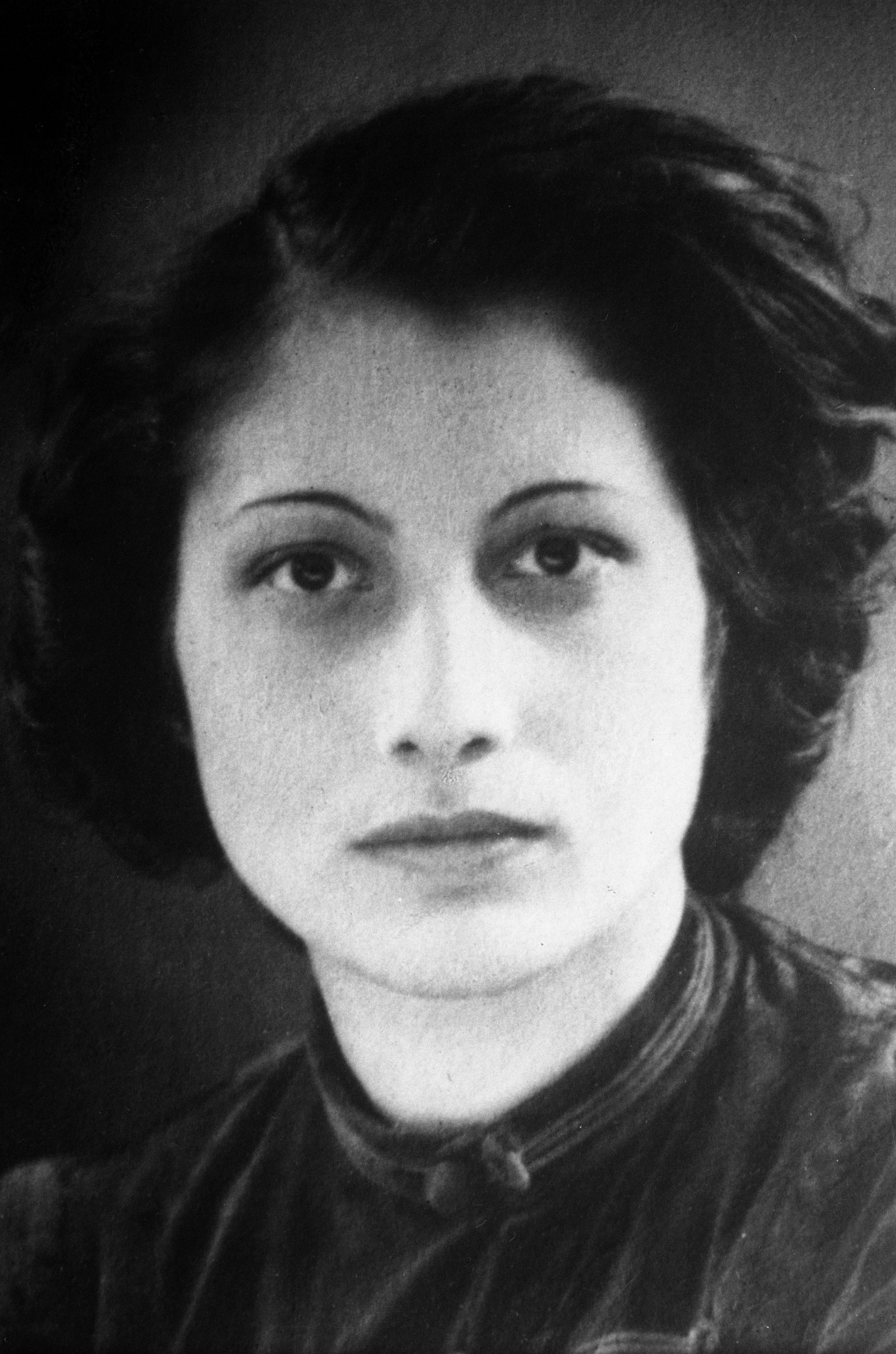
2013: Elaine West becomes the first woman to be promoted to Air Vice-Marshal within the RAF
Having joined the WRAF in 1978, she joined straight from school. It also makes West the first female military two-star.
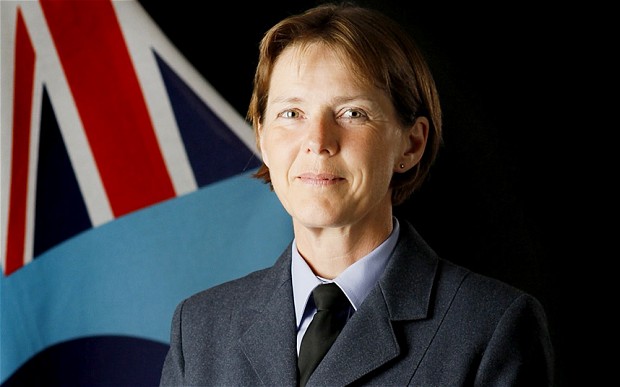
2014: first women to serve on a Royal Navy submarine
Lieutenants Maxine Stiles, Alex Olsson and Penny Thackray become the first women to serve on a Royal Navy submarine, following the lifting of the ban on women serving on Submarines in 2011.
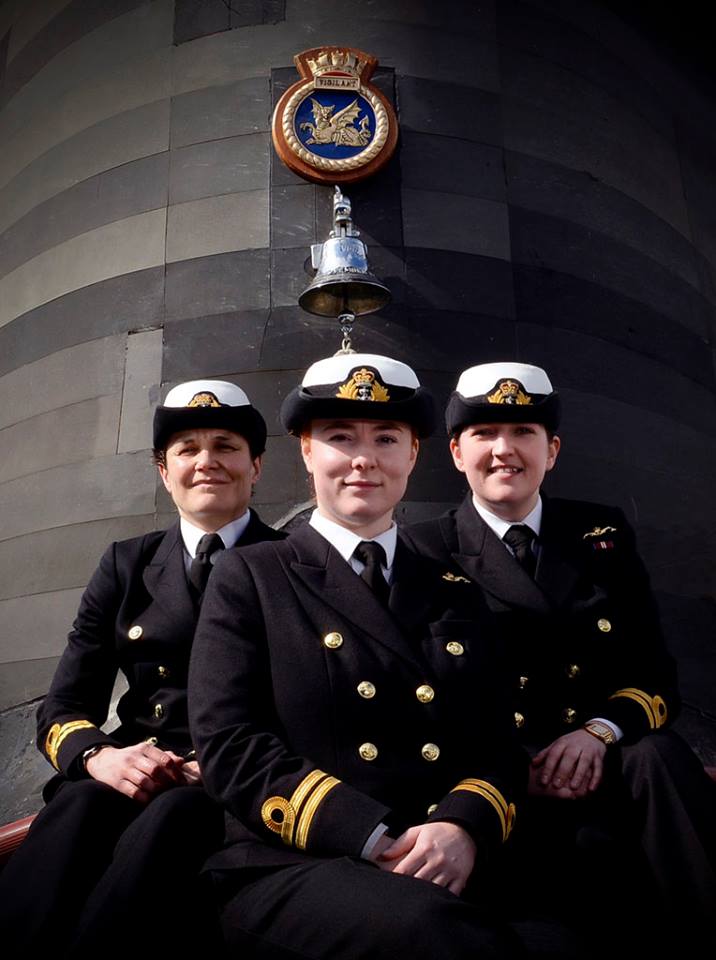
2014: Intake of female personnel into the Armed Forces continues to rise
September 2015
2016
2017
September 2017
2018
2018: All British Armed Forces ground close combat roles open to women.
2019: RAF engineer Sue Gray promoted to Air Marshal.
April 2019: Household Cavalry Mounted Regiment recruits first female trooper
Nina Croker made history by becoming the first woman to serve as a mounted Trooper in the Sovereign's mounted body guard.
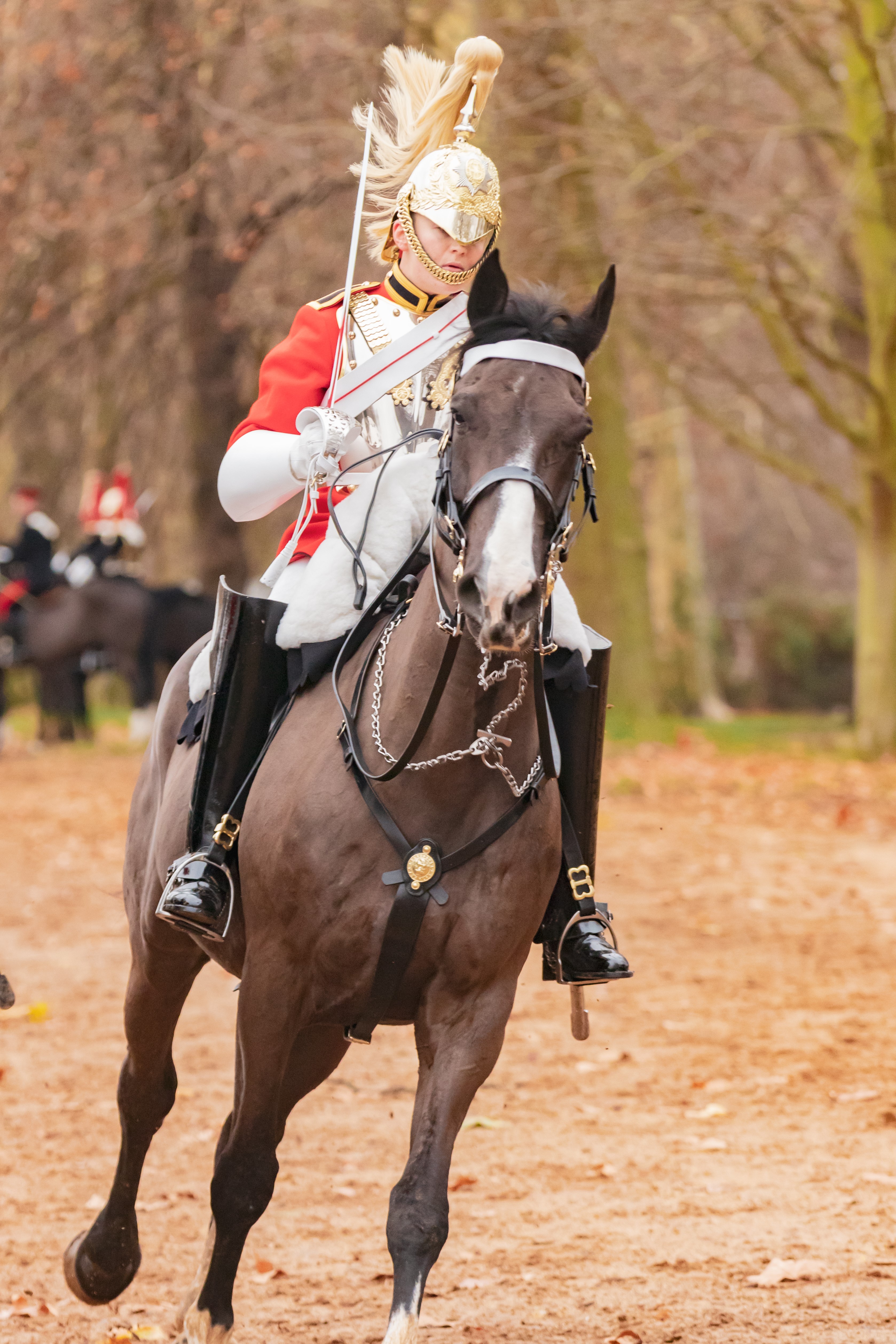
Image credit: Crown Copyright
2020: First British female Army Officer passed Parachute Regiment entry test
Captain Rosie Wild became the first woman to pass the gruelling All Arms Pre-Parachute Selection. The tests involve eight physical challenges over five days including a timed 20-mile endurance march, stretcher race and an aerial assault course.
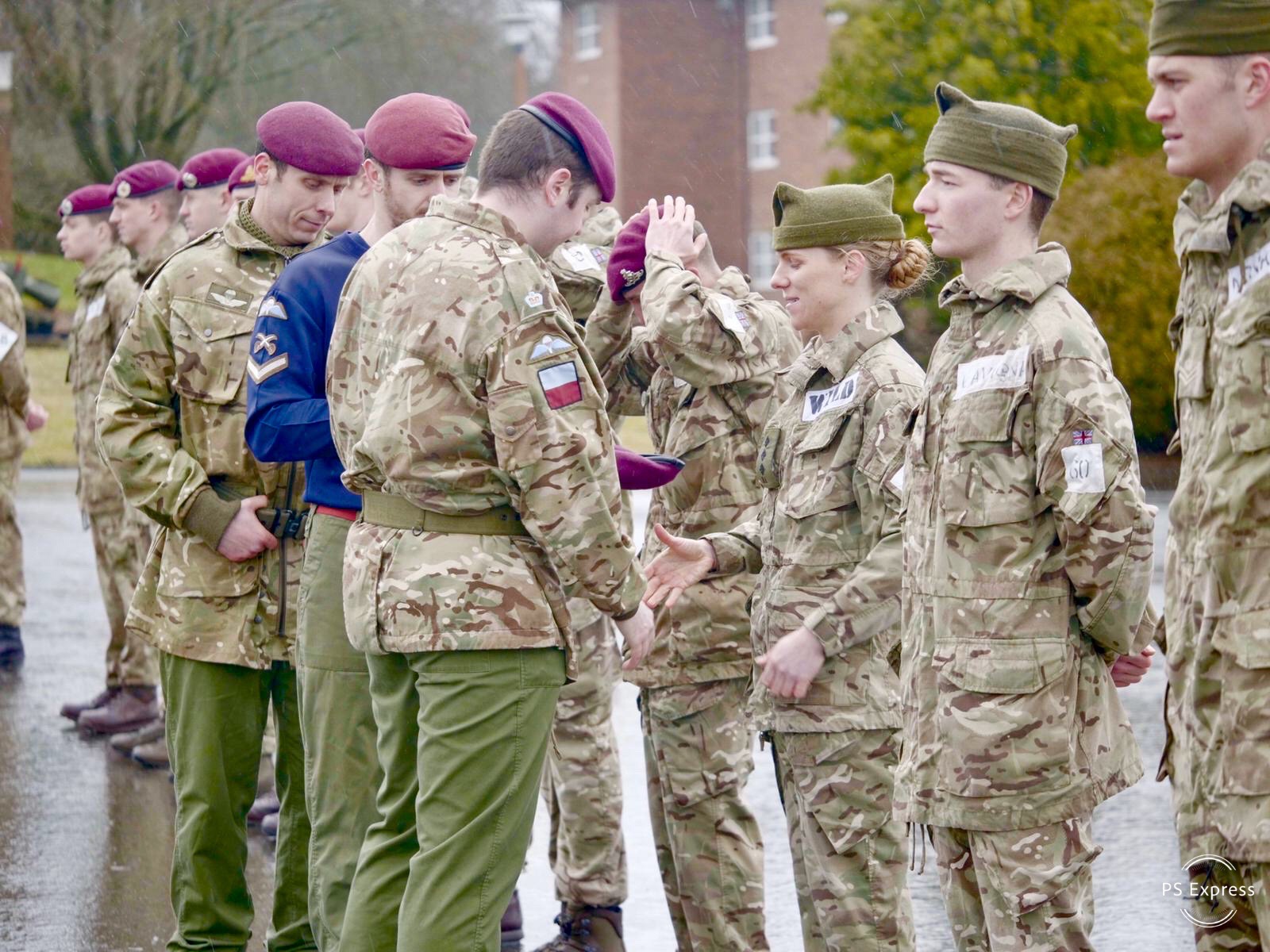
Image credit: Crown Copyright
August 2020: First RAF Regiment Female Officers Graduate
The first female RAF Regiment Officers successfully completed the 25-week course required to become members of the RAF Regiment.
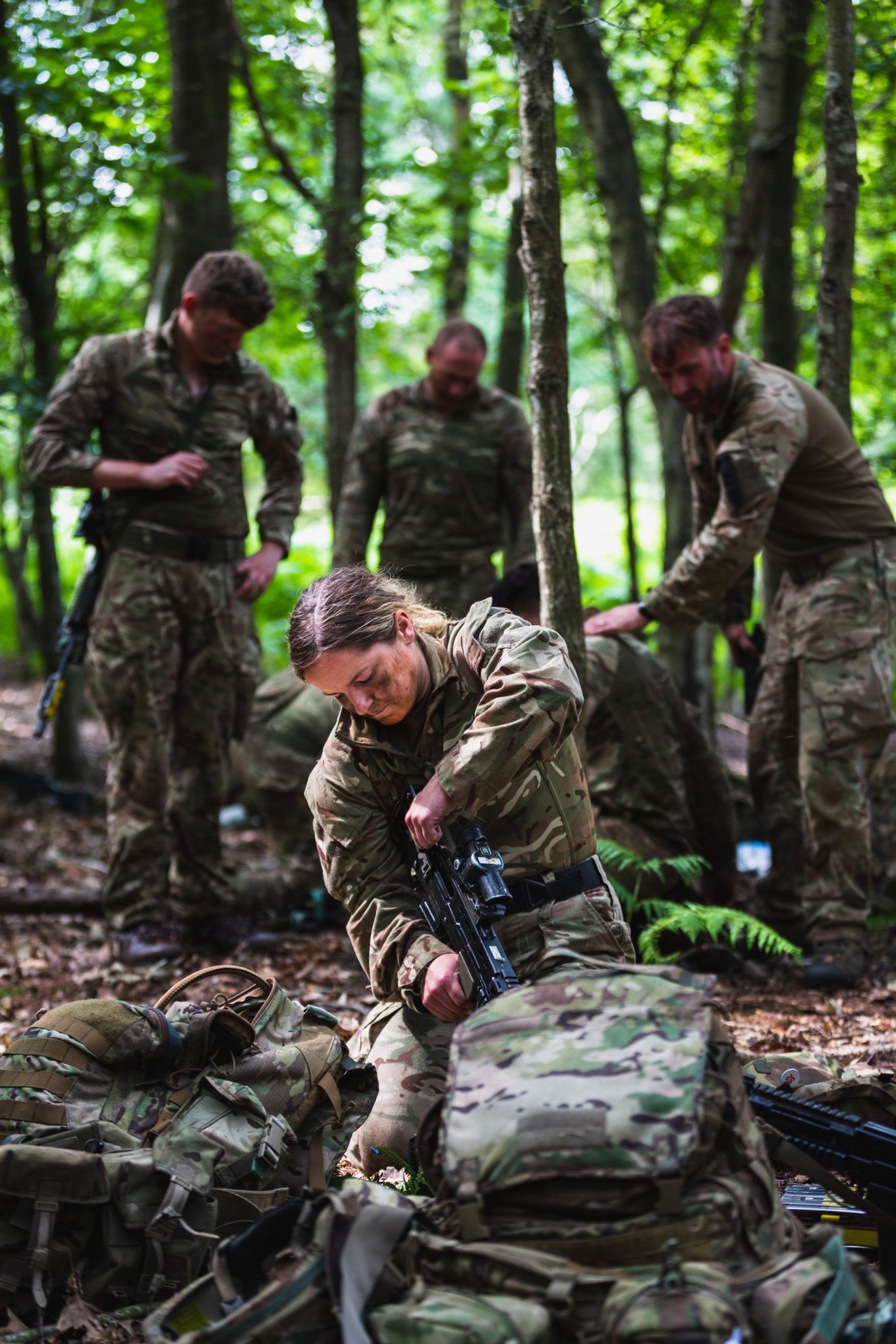
Image credit: Crown Copyright
2021: First female officer to lead Division-level Command of the British Army
2022: First Royal Navy Female Rear Admiral
Rear Admiral Jude Terry became the most senior female Royal Navy Officer ever upon her promotion to Rear Admiral in 2022.
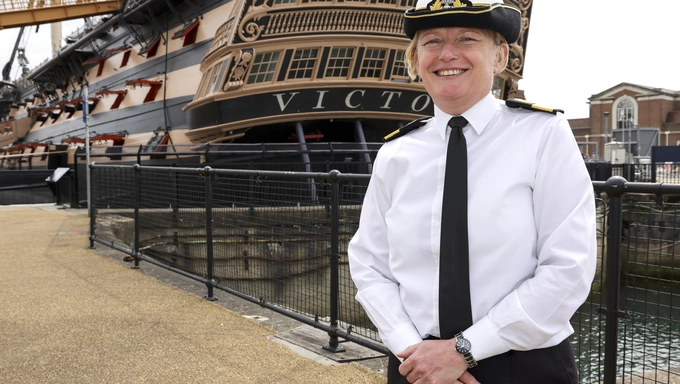

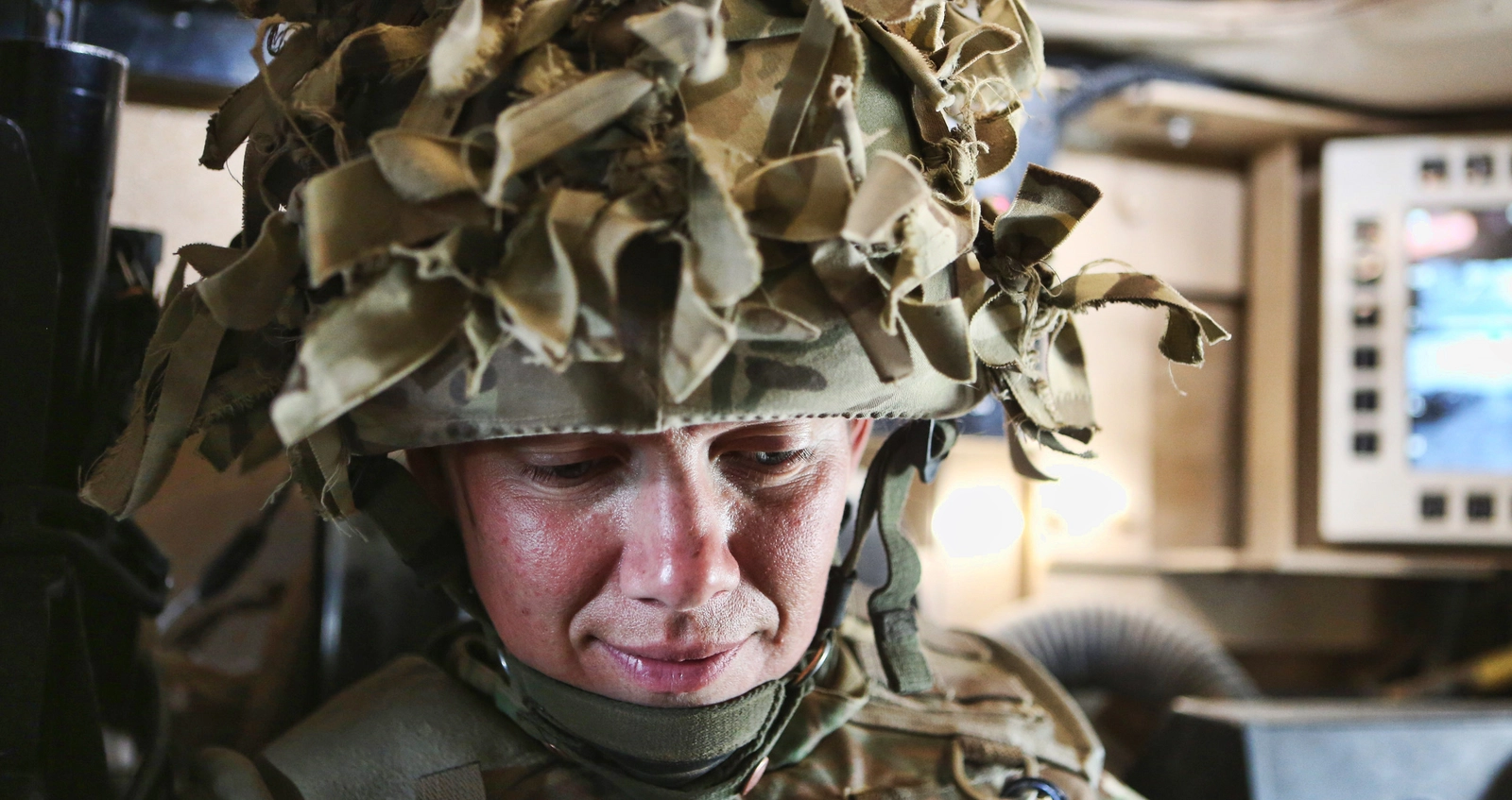
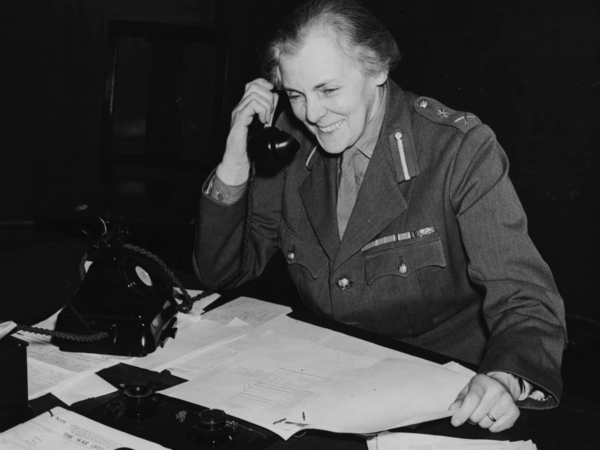
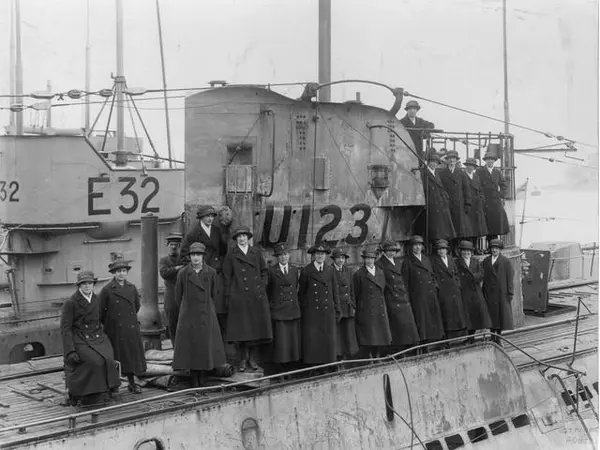
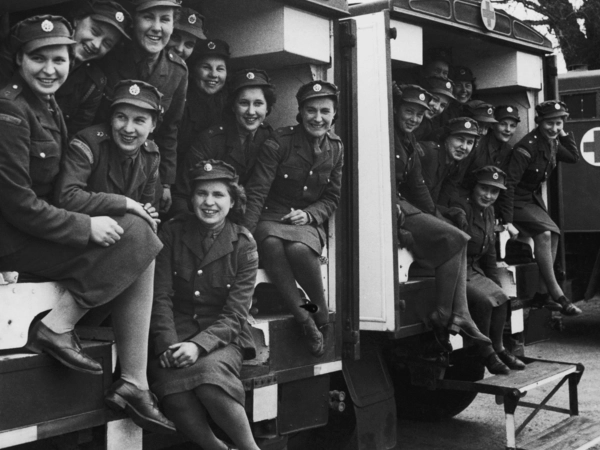
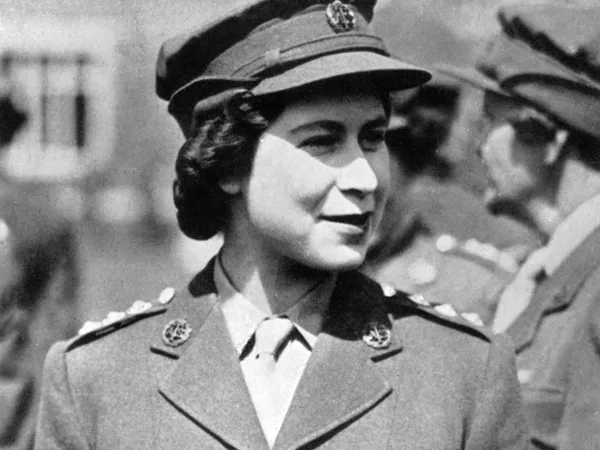
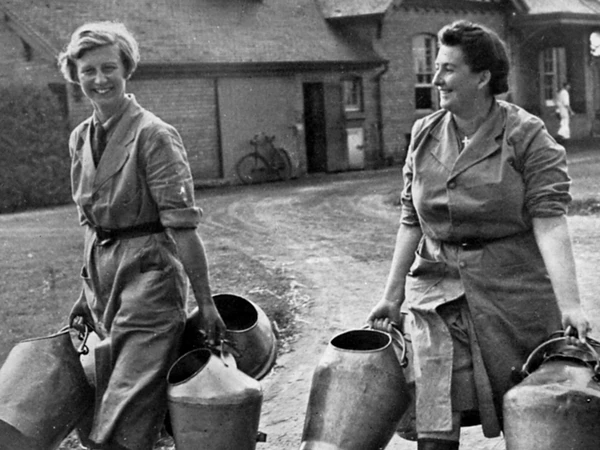
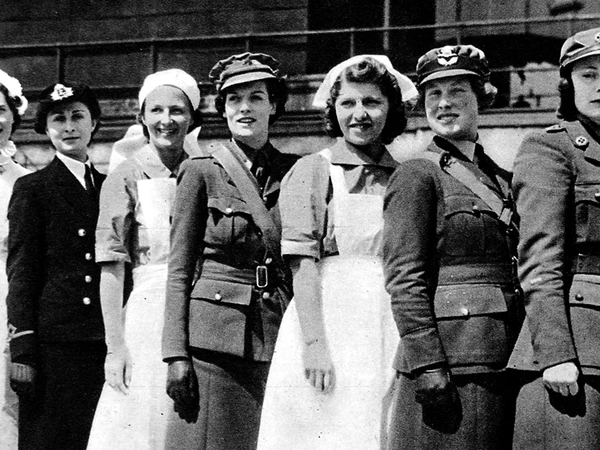
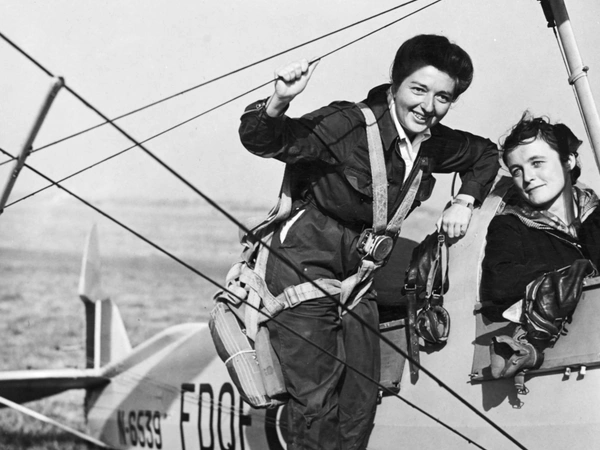
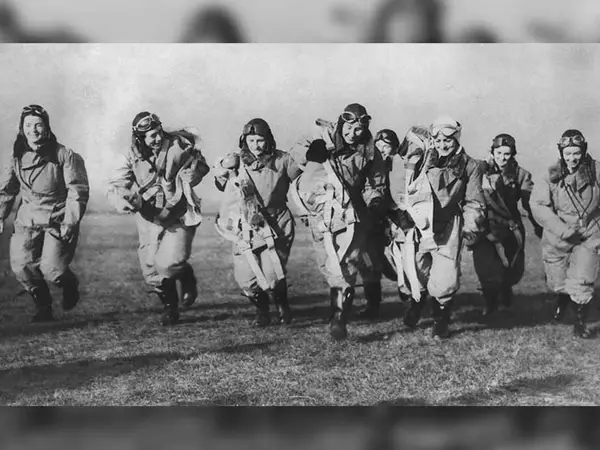
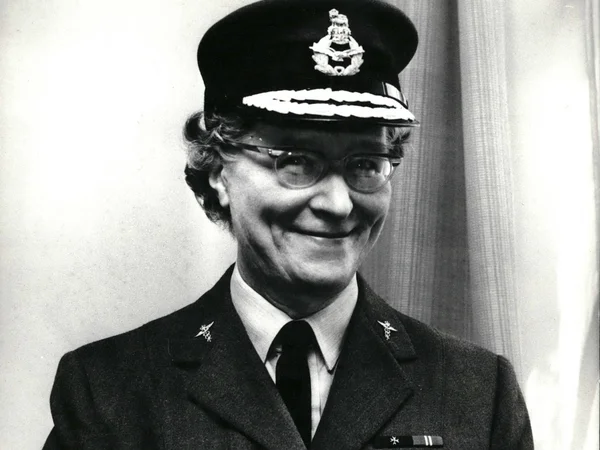
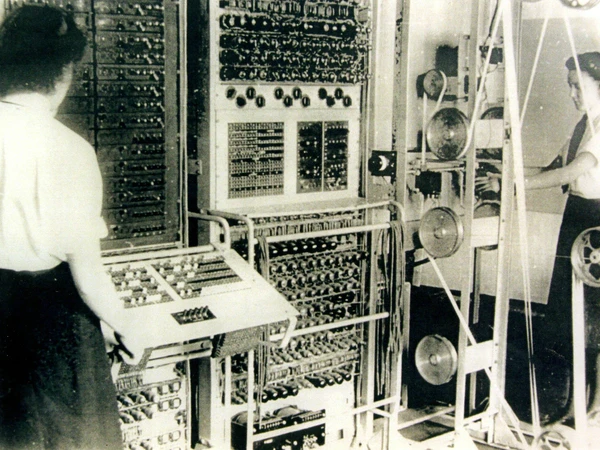
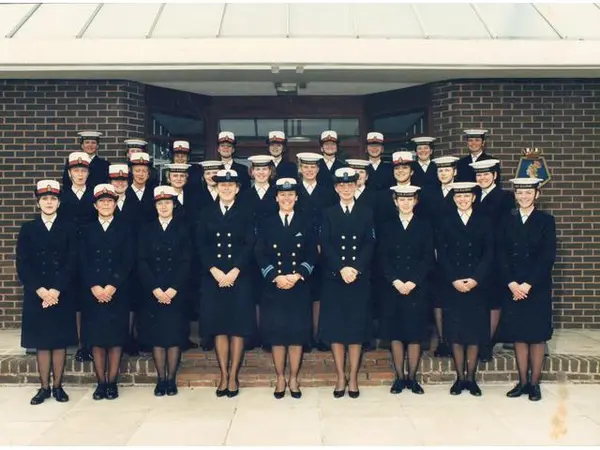
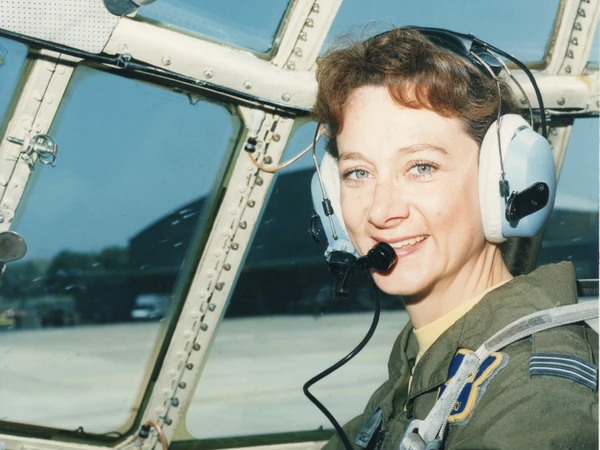
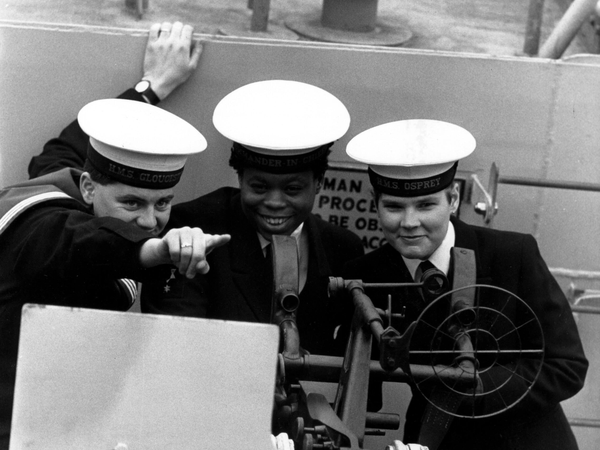
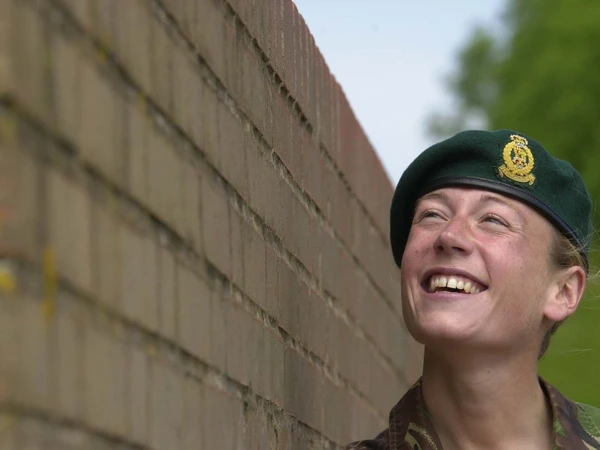
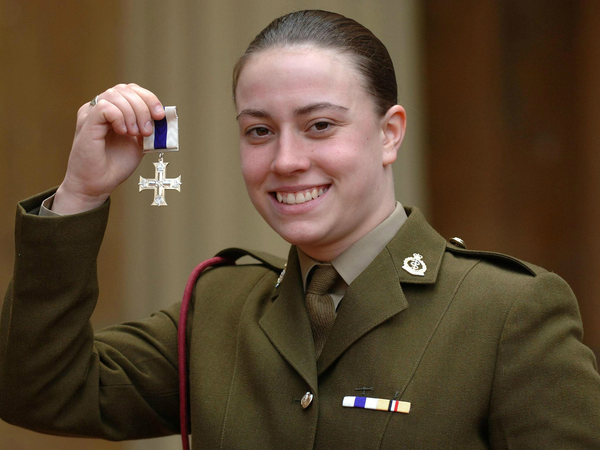
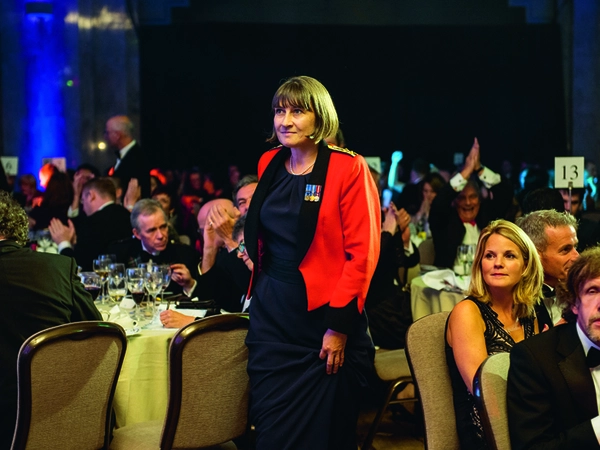
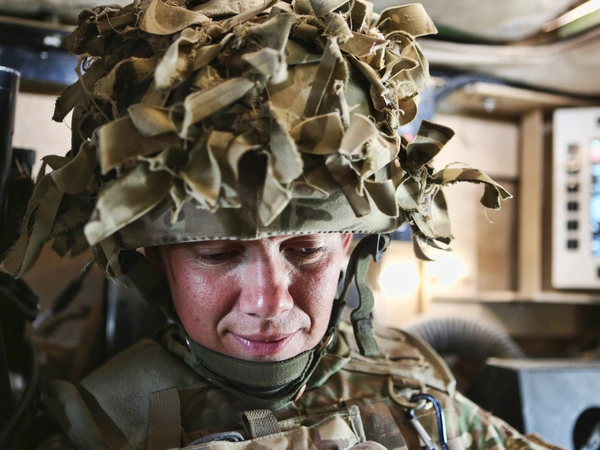
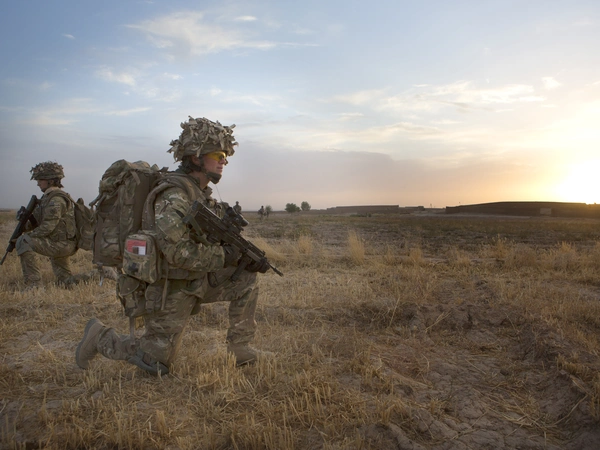
.jpg?sfvrsn=d54c1cf1_0&method=CropCropArguments&width=600&height=450&Signature=8C78A519510C8AD9CDD554D54BF8C11E098CAB46)
